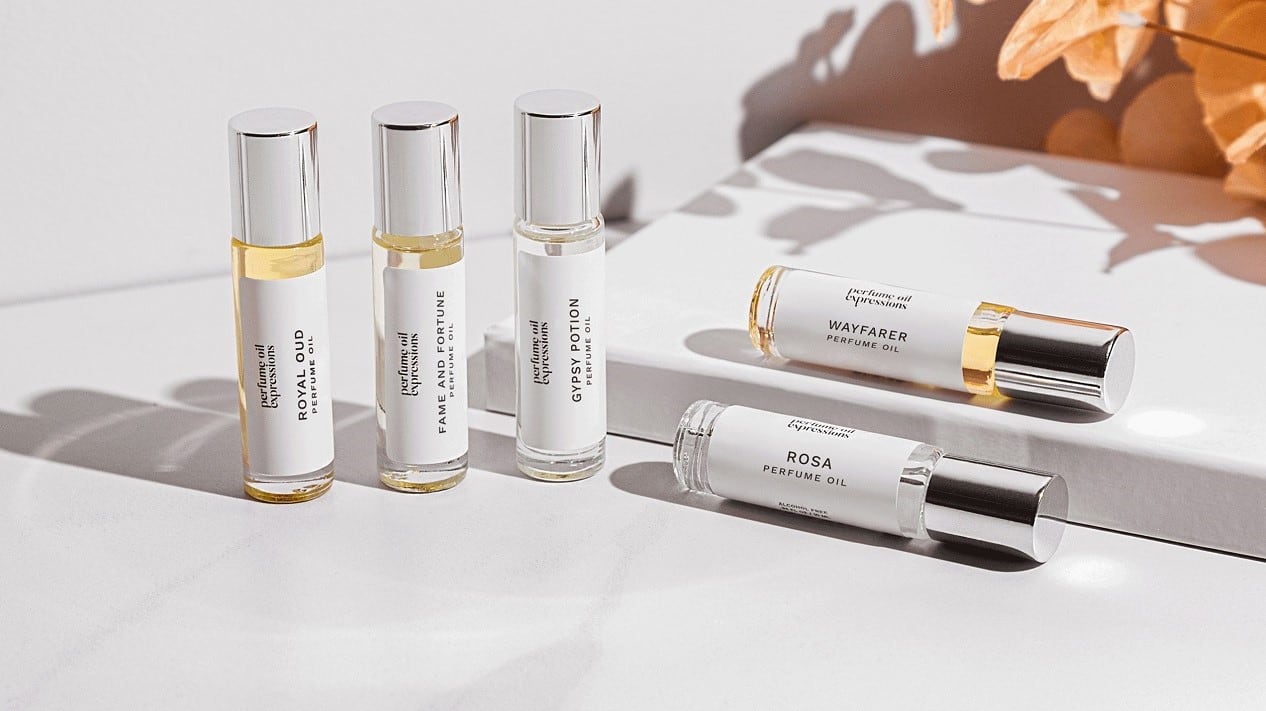They measured parameters related to wrinkles, sagging, elasticity, and skin tone of 240 Asian women and 129 Caucasian women, aged 20 and 60 years old, using the Global Skin Aging Index – a tool used to assess the ageing process of the overall population.
Elaborating on the findings, the researchers explained that Asian and Caucasian women gave different rankings to the parameters determining aged skin.
The top three parameters that were of key concern to Asian participants were nasolabial fold, sagging of the upper check, and elasticity. For Caucasian participants, they were elasticity, ptosis, and plump.
While the rankings varied, the weights in percentage given to wrinkles and sagging parameters – 12% for both - were similar for both Asian and Caucasian women.
The researchers added that their models could account for variability between individuals.
“The balance between weights does not bring much information on the differences between the two populations. However, it does provide to the models the capacity to deal with interindividual variability.
“For instance, it is known that wrinkles appear with age, but not all women will have wrinkles appearing at the same rate on the exact location. Some women might have visible glabellar wrinkles, while others have visible nasolabial folds. Our models manage this variability.
“As the weights of the wrinkles are similar, women with a high grade of glabellar wrinkles will have a similar index value as a woman with a high grade of nasolabial fold (provided that other skin parameters are the same). It gives our model the capacity to assess the global skin aging status of the face.”
Research implications on the market of anti-aging products
Given the burgeoning market potential of anti-ageing skincare products, the study claimed that their new models can “offer new approaches to assess anti-aging product efficacy.”
The study was limited by the exclusion of pigmentation in constructing the indices, although it is known to be an important factor in skin aging among Asian women.
“Overall, we achieve better explained variance than state-of-the-art methods and better correlations with age of our indices.
“Regarding the contributions of the initial parameters, our results are consistent with the literature with wrinkles and sagging being of most importance for both Asian and Caucasian skin aging processes.
“Instrumental parameters, such as elasticity, carry meaningful information about the skin aging process. The inclusion of both clinical and instrumental data in the Global Skin Aging Indices positively impacts their robustness,” the researchers concluded.
Source: Skin Research and Technology
“Modelling of global skin aging indices among Caucasian and Asian women”
DOI: 10.1111/srt.13222
Authors: Robic, J., et al




